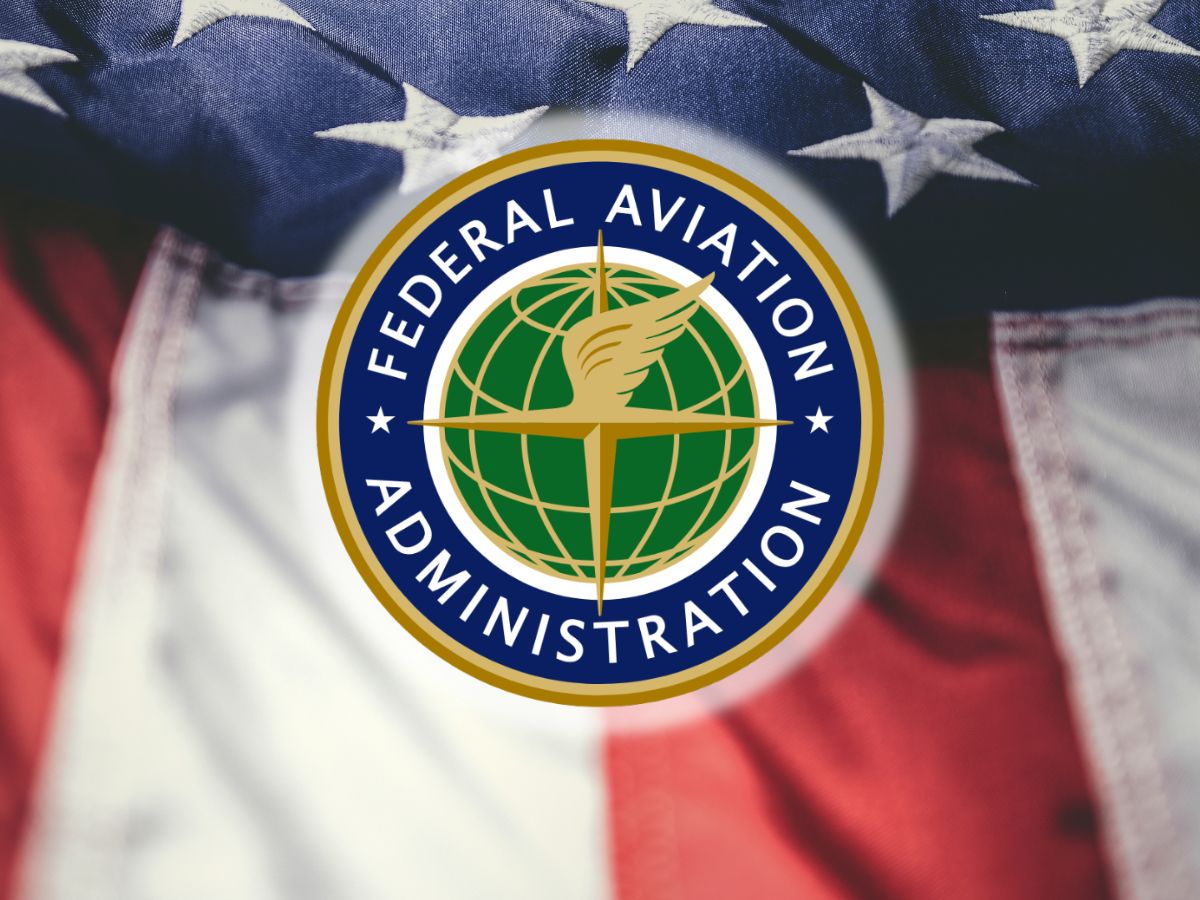A new plan backed by international aviation authorities may soon redefine how we navigate airports, offering travelers a faster and more convenient experience. Could we be looking at the end of traditional check-in lines altogether? Let’s find out.
The United Nations’ International Civil Aviation Organization (ICAO) is moving forward with an initiative to eliminate conventional boarding passes and check-ins. Instead, flyers will download a “journey pass” that updates automatically if any changes arise, removing the need to manually check in online or at the airport. In addition, passengers could simply use facial recognition to pass through security checkpoints, saving precious time while ensuring that airlines instantly know who intends to board each flight.
Why the International Civil Aviation Organization wants to introduce a digital travel credential soon
Under ICAO’s proposal, travelers will store their passport information on their devices, making it easier to verify their identity during each step of the journey. This digital travel credential will let passengers breeze through airports, as scanning a face at bag-drop or security checkpoints replaces repeated document inspections. Many experts believe this constitutes the biggest shake-up in aviation since the shift from paper tickets to e-tickets decades ago.
Still, some people may wonder if this is too good to be true. Will the entire industry adopt these measures quickly, or could there be delays while airports upgrade their infrastructure? According to industry insiders, international collaboration will be essential to ensure interoperability and maintain the highest security standards. Below is a quick comparison illustrating how the upcoming system differs from the old process:
| Aspect | Current Method | Proposed Method |
|---|---|---|
| Boarding Pass | Printed at airport or saved on phone after check-in | Automatically issued as a “journey pass” with no manual check-in required |
| Airport Checkpoints | Show physical ID and scan boarding pass multiple times | Face-scanning technology verifies identity and matches digital passport credentials |
| Flight Information | Must be updated manually (online or via airline desk) | Updated automatically within the journey pass if any booking details change |
How facial recognition technology could transform passenger experiences and streamline security measures
Facial recognition is already in limited use at some airports, but widespread deployment would mean less waiting in line and fewer chances of human error. Nevertheless, privacy advocates are keeping a close eye on how data is stored and shared. Are you comfortable with your personal details living on a smartphone? Proponents say the system will delete information soon after each contact point, reducing the risk of identity theft. A few essential steps might help passengers adapt smoothly:
- Ensure phones are charged and updated.
- Download the journey pass as soon as the airline sends it.
- Keep track of any updates to flight times or gate changes.
In the end, the key to success will be a secure system that respects privacy yet offers genuine convenience. If implemented properly, this ambitious strategy could reshape modern air travel, eliminating stressful check-ins and worn-out boarding passes for good.

